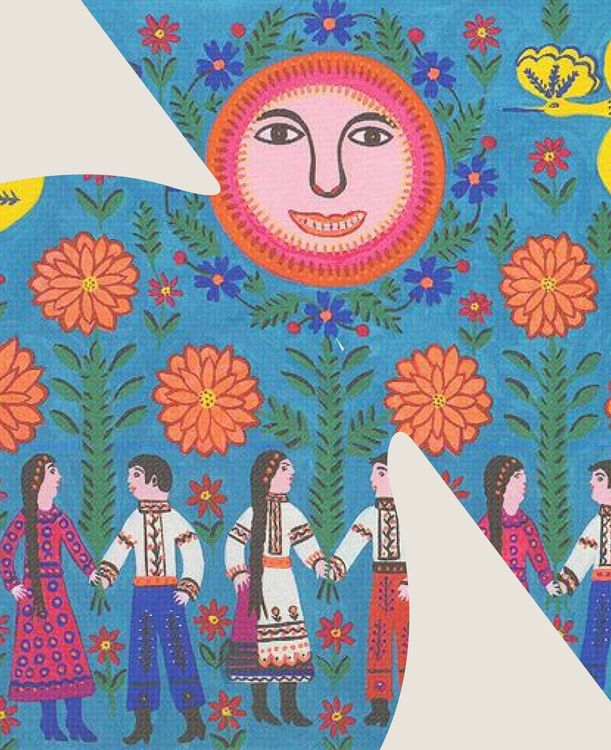Crimean Tatars, Karaites and Krymchaks (qırımlılar, qaraylar)

Crimean Tatars, Karaites and Krymchaks are indigenous peoples of Ukraine who have been fighting for their homeland against Russia for centuries and still do.
Fonts:
Misto
Designer:
Who does Crimea belong to? Crimean Tatars, Karaites, and Krymchaks are the three indigenous peoples of the Crimean peninsula and its full-fledged residents. Throughout history, these people have repeatedly been forced to fight not only for their land, but also for their lives.
Russia has attacked Crimea three times, resulting in the deportation and genocide of its inhabitants. The empire does not need local cultures, languages, customs and traditions of the peninsula. But Ukraine needs them.
Despite the fact that the indigenous peoples of Crimea have lived side by side for centuries and share common features, each has its own particularities, and each is worth telling about separately.
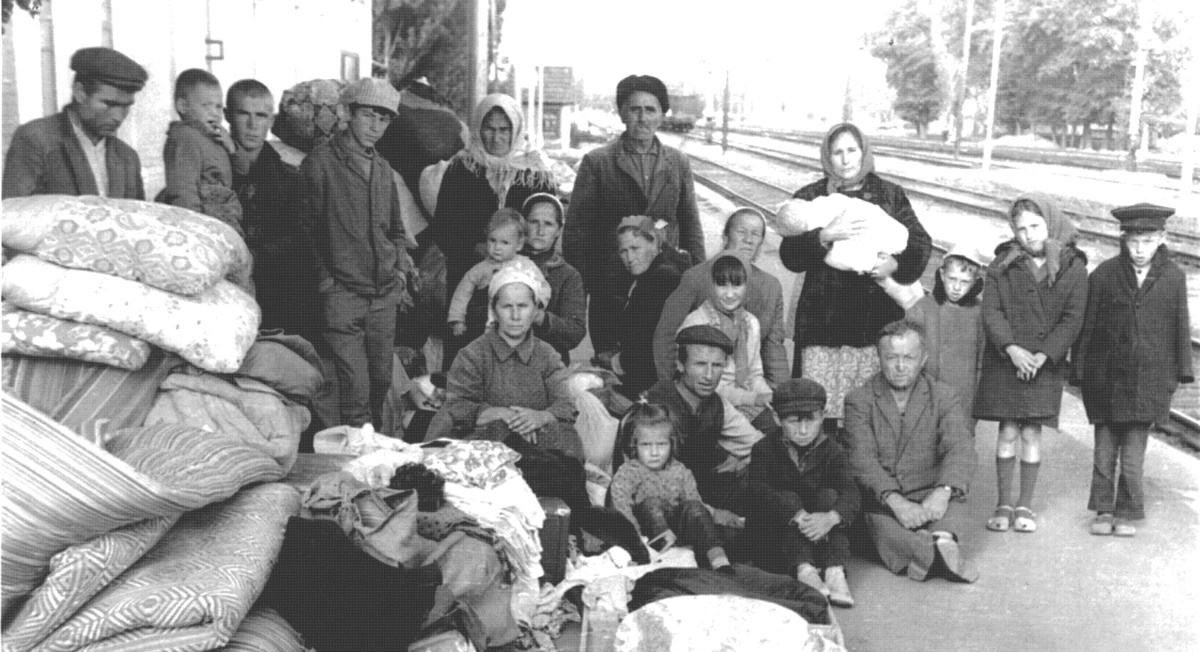
The descendants of Turkic-speaking tribes, the Crimean Tatars, have long been divided into mountain, steppe, and coastal tribes. In the 15th century, during the founding of the Crimean Khanate, they formed as an ethnicity. But all regional differences between Crimean Tatars were erased by Stalin’s deportation in 1944.

The deportation began on May 18, 1944: within three days, about 200,000 people were forcibly deported in dozens of railroad cars. According to various sources, from 20 to 46% of Crimean Tatars died in special settlements where they were had been brought. The official reason was their so-called mass desertion in World War II.
Later, during the Perestroika period (1985-1991), this myth would be debunked, but the people's return home would take place after Ukraine’s independence.

Their relations with Ukrainians have often intersected and been friendly throughout history. From the Middle Ages, when the Crimean Tatars thought of Ukrainians as of their allies, through the times of mutual support of the Ukrainian People’s Republic and the Crimean People’s Republic to today, when we are fighting together for the territorial integrity of Ukraine.
Crimean Tatars are distinguished from Karaites and Krymchaks by their religion, language, customs and traditions, and national cuisine.
Karaites are distinguished primarily by their religion. Karaism is similar to Judaism, but is based not on the Talmud, but on the Torah (also called the Pentateuch) and the Tanakh. The Karaites have a unique language, national cuisine, and traditional dance. However, their population is one of the smallest in the world (1200-1500 people), and therefore the current war is particularly threatening to them.
The Karaites were forced to flee Crimea after its annexation, lost their shrines on the peninsula, and with the beginning of the full-scale invasion, the risks to their existence have become even higher. Olena Arabadzhi, an ethnic Karaite and founder of the Union of Karaites of Ukraine, emphasizes that Russia’s war against Ukraine is also a genocide of indigenous peoples.
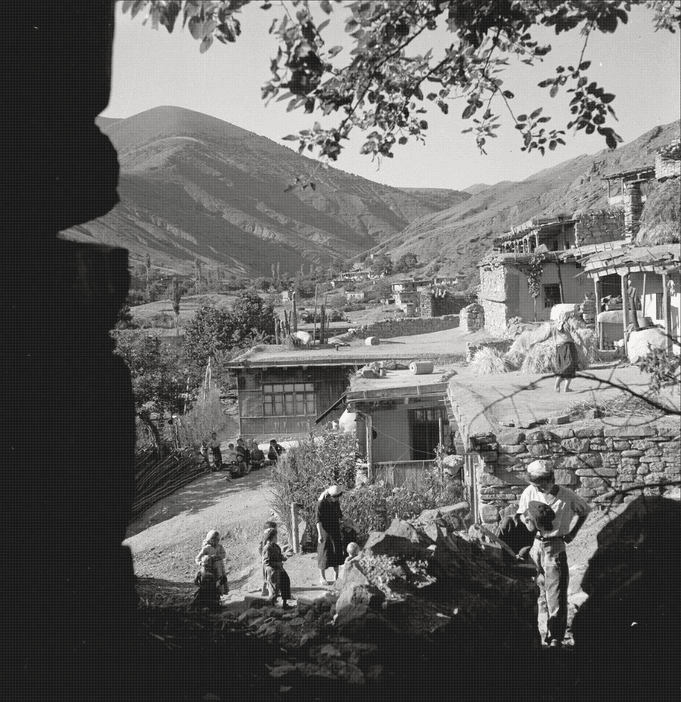
The Krymchaks are even smaller in number and even more vulnerable. They profess Judaism and preserve the Jewish Talmudic tradition.
This religion led to their mass extermination - during World War II, the Nazis equated Crimean Tatars with Jews, and as a result, 80% of the people were shot. According to the 2001 Ukrainian census, only 406 people from this ethnic group have lived on the territory of Ukraine at that moment. The Krymchaks have their own language, national clothes and cuisine, and their own historical and ethnographic museum in Simferopol. Their former small place of residence was the city of Bilohirsk in Crimea.
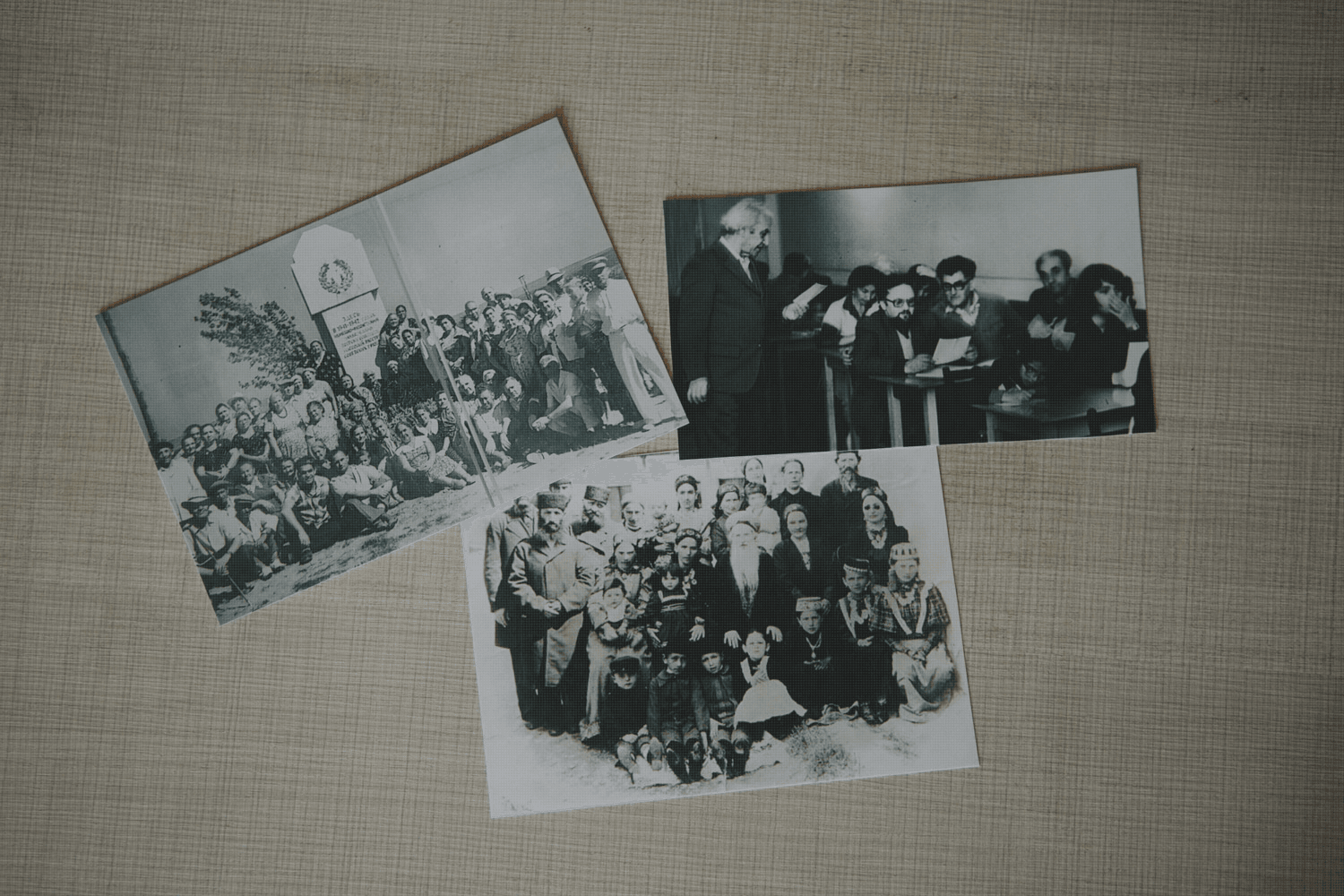
These three peoples are part of the great multiethnic mosaic of Ukraine, which Ukrainians extremely value. At the same time, they are an integral part of Ukraine. For over nine years Ukrainians altogether have been fighting against a common enemy with a common goal — independent Ukraine and free Crimea.
All this time, Crimeans have been stoically resisting Russian aggression, despite the daily pain and suffering under occupation. But Ukrainians are confident that the day will come when the Autonomous Republic of Crimea will be liberated.
The day will come when Ukrainians, Crimean Tatars, Karaites and Krymchaks will be together again.
Fonts:
Misto
Details:
Crimean Tatars, Karaites and Krymchaks (qırımlılar, qaraylar)
Designer:
About font:
Next letter and event
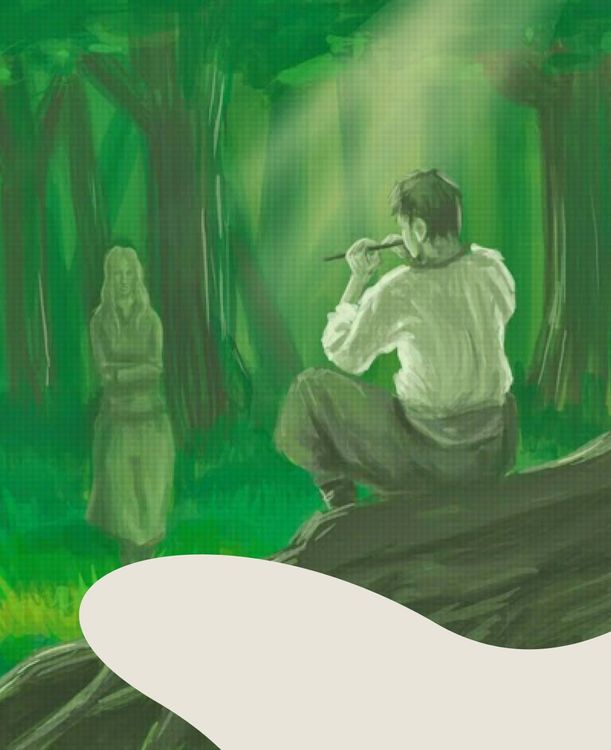
Crimean Tatars, Karaites and Krymchaks (qırımlılar, qaraylar)
this project
in social
“Shchedryk” (The Little Swallow)

Orlyk’s Constitution

Holodomor


Danylo Halytskyi


Shliakh iz variah u hreky (Route from the Varangians to the Greeks)


Falz-Fein and his “Askania Nova”

Yrii (/'irij/: iriy), yndyk (/in'dik/: turkey) and yrod (/'irod/: Herod)

Zaporizka Sich (The Zaporizhian Host)


Falz-Fein and his “Askania Nova”

“Yoi, nai bude!” (Ah, let it be!)

Zaporizka Sich (The Zaporizhian Host)

Mariupol


Zhyvyi lantsiuh (Human chain for the 71st anniversary of the Act Zluky)

Holodomor

“Yak umru to pokhovaite...” (When I am dead, bury me...)

Creative & Tech Online Institute
Медіа про дизайн, креатив і тех індустрії

Ukrainski sichovi striltsi (The Ukrainian Sich Riflemen, or the USS)

Antonov AN-225 Mriya ("The Dream")
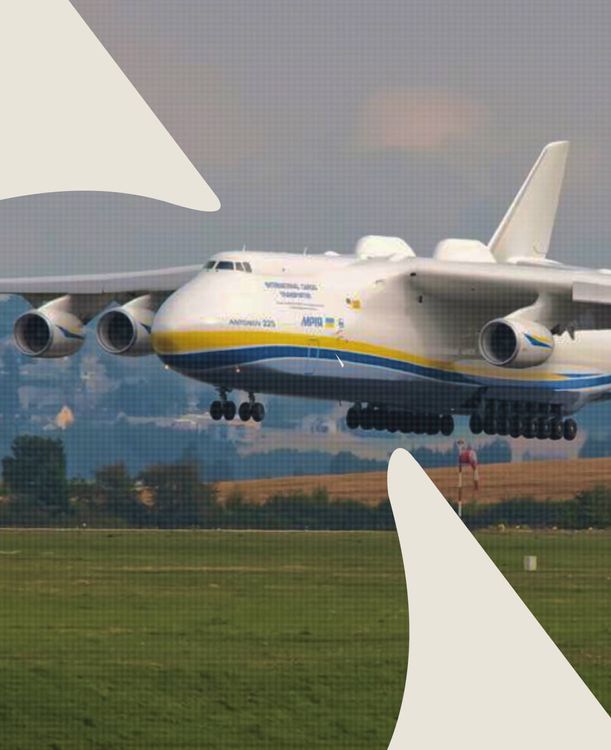
Crimean Tatars, Karaites and Krymchaks (qırımlılar, qaraylar)

Holodomor

Yrii (/'irij/: iriy), yndyk (/in'dik/: turkey) and yrod (/'irod/: Herod)

Holodomor

Holodomor

Antonov AN-225 Mriya ("The Dream")

1991 Ukrainian Independence Referendum

Khreshchenia Rusi (Christianization of Kyivan Rus’)

Peresopnytske Yevanheliie (The Peresopnytsia Gospel)

Ivan Franko

Crimean Tatars, Karaites and Krymchaks (qırımlılar, qaraylar)


Falz-Fein and his “Askania Nova”

Peresopnytske Yevanheliie (The Peresopnytsia Gospel)


